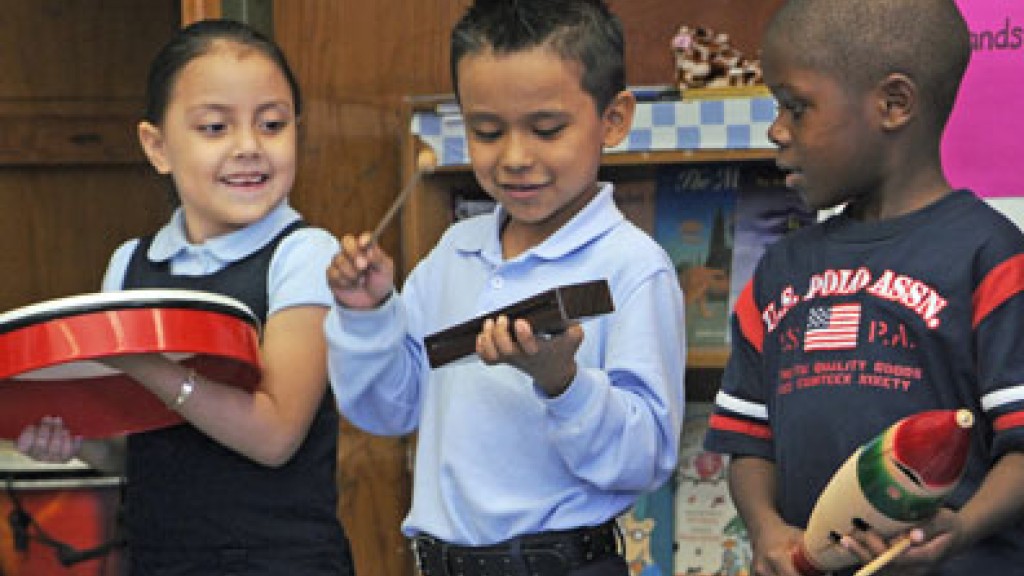Using Music to Support SEL

Music is a powerful and sometimes overlooked tool for creating positive environments for young people. There is plenty of research showing that music can help develop language processing skills in young children, calm dysregulated minds, and create a positive atmosphere. Musical notes can be words in a language when plain old English just won’t cut it.
If you aren’t already using music in your classroom or program, or even if you are, here are some ideas for incorporating this useful tool in your day to day experience.
- Creating opportunities for authentic choice – during free time, can students listen to music while they work on other tasks? Giving students some choice in setting the tune (with your guidance around appropriateness and volume) creates opportunities for students to share their interests, advocate for their likes, and take ownership of their environment.
- Signaling transitions – if you ever get tired of hearing your own voice asking students to move from one activity to the next, or to settle in as they arrive, music may be your answer. Work with your young people to develop a system in which, while music is playing, they can transition how they choose, but when it stops, your expectations for readiness must be met. Don’t forget to generate student input on what this process should look like.
- Dancing it out – as more locations embrace movement breaks, so too can those locations embrace tunes! Stretching and walking are good options for movement, sure, but sometimes we just need to dance our wiggles and our cares away. Choose a song and, as long as they’re being safe, let your young people dance it out.
- Building connections – create a mystery box where everyone submits their favorite tune. Choose one a day to listen to and let your group try to guess whose special song it is. This is a great way to give students opportunities to learn about one another, and to build social awareness.
- Using it as a writing or conversation prompt - Explore the meaning of song lyrics and their different interpretations. Consider the differences between two versions of the same song, and ask your students to think about how they were produced, what their effect is, and who their audience is. This gets students thinking about their own social structure and even their place in history!
- Processing emotions through making music – encourage students to write their own songs, raps, or melodies that relate to their experiences. Source some percussion instruments for a drum circle, or ask if students would be willing to share their musical talent with their peers. This creative process can be helpful in working through thoughts and experiences, laying the foundation for a lifelong outlet.
Making, connecting with, listening to, and learning from music is a lifelong skill that we can foster in youth of any age. If you are having success using music in your environment, we would love to hear about it – and share those successes with others! Let us know by reaching out to selcenter@childrensinstitute.net.
